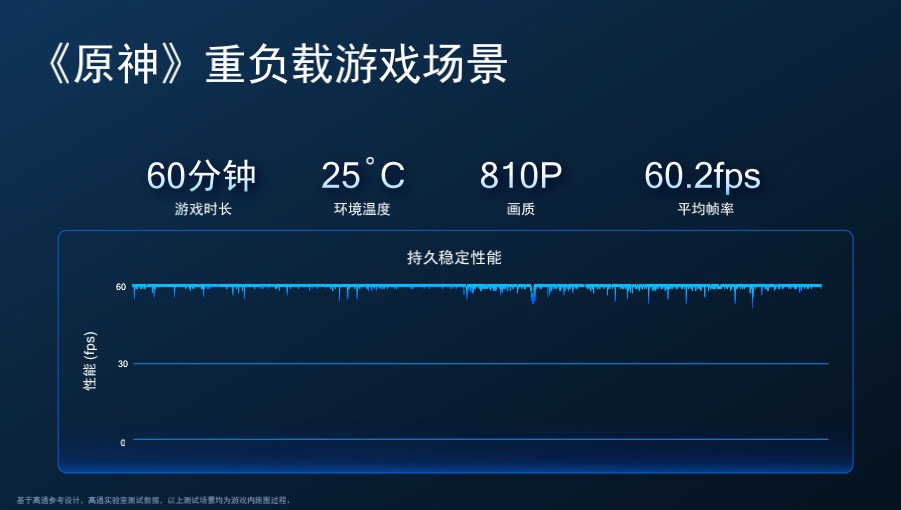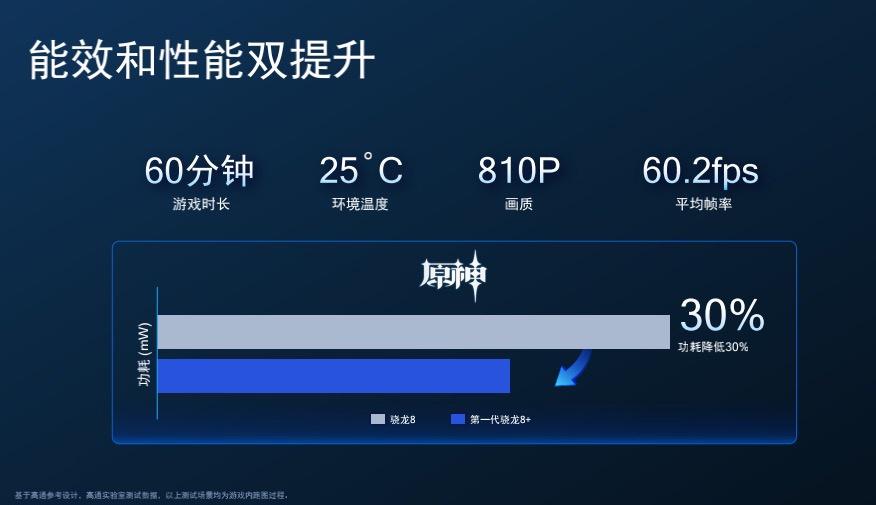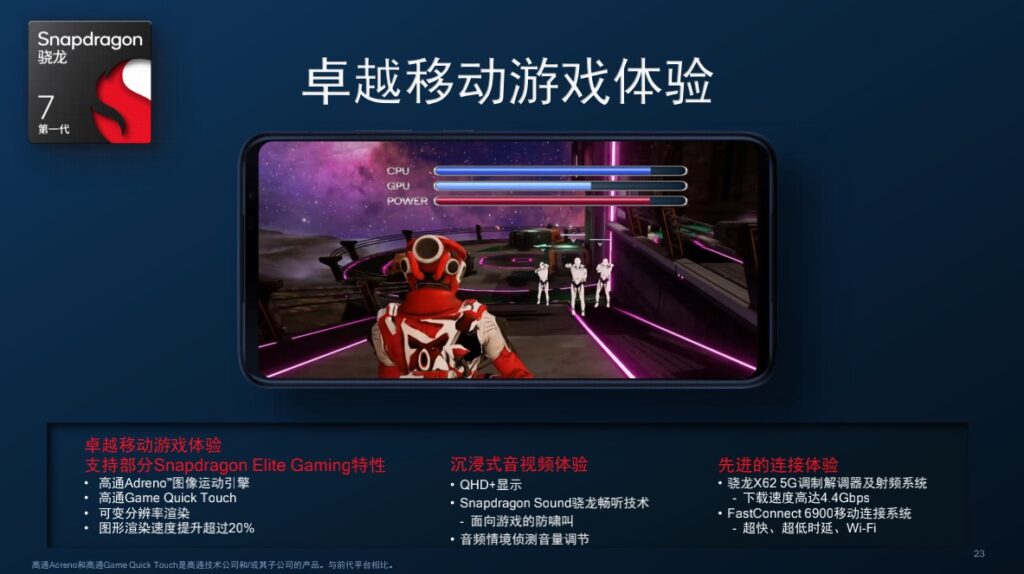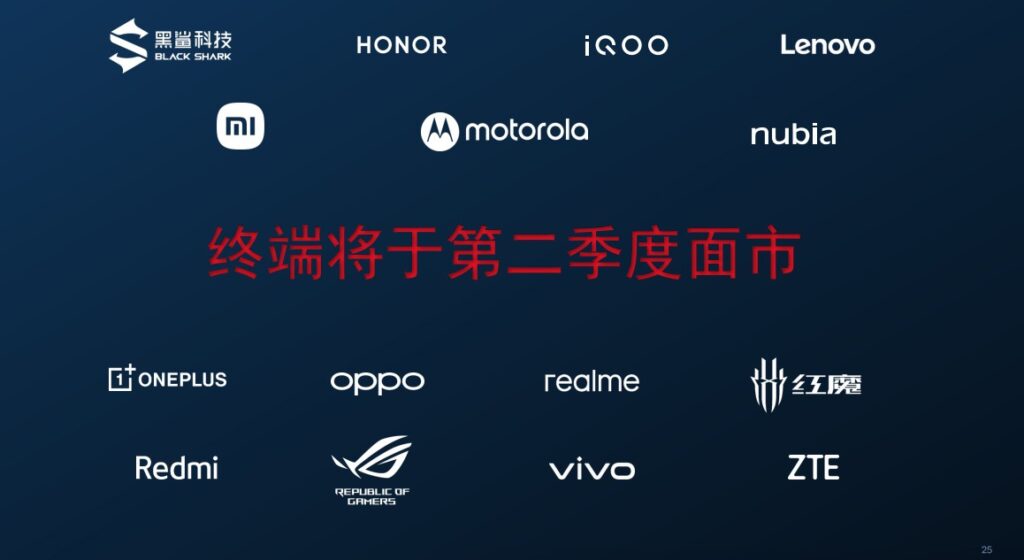At its Snapdragon Night event this evening, Qualcomm Technologies unveiled the new Snapdragon 8 + Gen 1 (first-generation Snapdragon 8+) and Snapdragon 7 Gen 1 (first-generation Snapdragon 7) smartphone processors. The former is an improved version of the Snapdragon 8 mobile chip, while the latter is a lower Snapdragon 8 series. Recall that we announced the leak of Qualcomm’s new SoCs a few weeks ago.

The first is a new Snapdragon 8 + mobile platform generation. In comparison to Snapdragon 8, its core architecture has remained unchanged. It has a three-cluster architecture with super-large Cortex-X2 cores, large-core A710 cores, and small-core A510 cores, although its CPU core is the A510. The highest frequency has been increased to 3.2GHz, resulting in a 10% boost in CPU performance and a 10% increase in GPU performance.
Another significant difference between the Snapdragon 8+ and the Snapdragon 8 is that the chip’s process technology has been upgraded to TSMC’s 4nm process. The energy efficiency of Snapdragon 8+ has been considerably enhanced owing to a more advanced technology. In the Aztec Ruins benchmark test, the Snapdragon 8+’s GPU power consumption is up to 30% lower than that of the Snapdragon 8, and the Snapdragon 8+’s energy efficiency is more advantageous in the same performance; at the same time, the Snapdragon 8+’s CPU power consumption is also about 30% lower than that of the Snapdragon 8.
On this premise, the Snapdragon 8+’s overall SoC power consumption has been lowered by 15% when compared to the Snapdragon 8. Qualcomm has made changes to other modules on the whole machine, in addition to the CPU and GPU, to make the overall SoC more energy efficient.
According to Qualcomm, when playing games with 810P image quality for 60 minutes at a room temperature of 25 degrees Celsius and a heavy load scene from the game “Genshin Impact,” the Snapdragon 8+ can reach an average frame rate of 60.2fps. Snapdragon 8 operates 30% below that level.
The energy efficiency of Snapdragon 8 + can be enhanced by around 30% in “Honor of Kings” 90 frames + extreme picture quality compared to Snapdragon 8, and it can also be improved by 30% in 120 frames + high-definition picture quality compared to Snapdragon 8.


In addition to these features, Snapdragon 8+ will continue to give customers with an outstanding experience across six dimensions, including:
- Video: 18-bit Qualcomm Spectra three ISP and 8K HDR video recording are supported.
- AI: supports Qualcomm’s seventh-generation AI engine, which has been further improved based on the Snapdragon 8 in terms of total AI energy efficiency, resulting in a nearly 20% improvement;
- Gaming: Supports all Snapdragon Elite Gaming features, such as stereo rendering and others;
- Audio: Support Qualcomm aptX audio technology, which works in conjunction with the FastConnect 6900 mobile connection system to deliver a superior audio experience.
- Connection: FastConnect 6900 mobile connection system, based on the Snapdragon X65 5G modem and radio frequency system, provides up to 10Gbps downlink rate and extremely fast uplink rate, and enables 5G+5G dual-card dual-pass capability.
- Security: Supports Secure Processing Unit SPU and Qualcomm Trusted Execution Environment, both of which are compatible with the Android Ready SE standard, ensuring a secure flagship experience for customers.
The Snapdragon 7 mobile platform, which is the first appearance of the Snapdragon 7 series platform following the upgrade of the Snapdragon brand naming system, is shown below. The Snapdragon 7 mobile platform’s core design uses Samsung’s 4nm process technology and comprises a 2.4GHz A710 super core, three 2.36GHz A710 large cores, and four 1.8GHz A510 small cores.
You can now Officially install Android 13 Beta on these 22 devices
In particular, the Snapdragon 7’s GPU graphics rendering speed is 20% faster than the Snapdragon 778G’s. The Qualcomm Adreno Image Motion Engine, a GPU-based frame prediction technology that can save half the power at the same frame rate or deliver more power at the same power consumption, is supported by the Snapdragon 7. a fast frame rate.
The Snapdragon 7 also includes Gaming Quick Touch, which improves game touch response time by more than 20% over the Snapdragon 778G, and top GPU features like variable resolution rendering.
Aside from the GPU, the CPU, display, connectivity, and other components also influence the gaming experience. In terms of display, the Snapdragon 7 supports QHD + displays, which are more polished than the Snapdragon 778G’s FHD + displays.
In terms of audio, the Snapdragon 7 features Qualcomm’s Snapdragon Sound Snapdragon listening technology, which can avoid game howling and dynamically adjust volume based on the real-time audio environment/scene.

The Snapdragon 7 is the first 7-series platform to integrate the Snapdragon X62 5G modem and RF system that conforms to the Release16 standard, with a maximum downlink rate of 4.4Gbps, a significant improvement over the previous generation Snapdragon 778G, and can also support 5G+5G dual-card dual-pass. FastConnect 6900 replaces the previous generation FastConnect 6700, allowing for faster and ultra-low latency Wi-Fi connections.
In addition, the Snapdragon 7 mobile platform boasts of three outstanding feature improvements:
First and foremost, the Snapdragon 7 is the first 7-series platform to enable Qualcomm’s seventh-generation AI engine. The Snapdragon 7 can increase the detection accuracy of deep learning facial detection when compared to the previous generation Snapdragon 778G. The area required for facial recognition has been lowered by 25%, from 25 x 25 pixels to 20 x 20 pixels, and it can identify up to 300 face feature points, which is the same as the Snapdragon 8.
Read also: Pixel 7 and Pixel Watch will be released this fall
Second, Snapdragon 7 is the first platform in the Snapdragon 7 series to support 200 million pixel photography. It uses a 14-bit triple ISP and supports single-frame progressive HDR. The picture quality is much improved than the previous version of Snapdragon 778G. promote.
Third, the Qualcomm trust management engine, which was previously only available on the Snapdragon 8, is now available on the Snapdragon 7. It also has the Android Ready SE certification, indicating that it can provide vault-level security.

Finally, devices based on the Snapdragon 8+ mobile platform and the first-generation Snapdragon 7 platform will be ready in the second quarter of 2022, according to Qualcomm. It was previously claimed that the OPPO Reno8 Pro, which will be released on May 23, will be the first device to use the Snapdragon 7 mobile chip, and that phones using the Snapdragon 8+ might be available as early as July this year.
images: ithome






